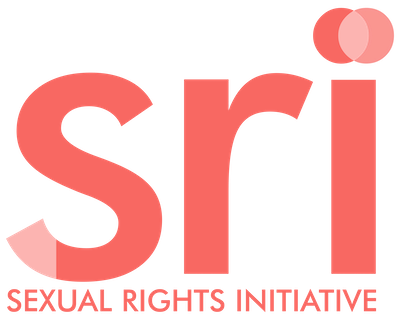Session
National Report
Para 17) During the period under review, the State party engaged the United Nations Mechanisms in the following areas that were aimed at enhancing the implementation of the UPR recommendations: … (d) … HIV/AIDS under health sector;
Para 64) The State party’s National HIV/AIDS/STI/TB Council has the mandate to coordinate and monitor the national response to HIV among implementing partners. During the period under review, the Council provided technical assistance to approximately 500 organizations to enable them to develop policies and programs that address all HIV and AIDS cases. Policy decisions on HIV are also usually reflected in the resources allocated for program implementation.
Para 75) The State party has made positive progress in the HIV response on annual HIV infections through sensitisation, early commencement of treatment leading to viral suppression, provision of free condoms in facilities, running behavioral change campaigns, test and treat, elimination of Mother-To-Child Transmission (eMTCT) and implementing Voluntary Medical Male Circumcision (VMMC) which has been a key pillar to the State party’s HIV prevention strategy.
State under Review
Issues
National Report
Stakeholder Summary
Para 68) Noting the milestones attained in combating HIV/AIDS, JS13 stated the HIV burden had remained high and that it had disproportionately affected women and girls. Less than half of adolescents aged 15–19 years had comprehensive knowledge of HIV and adolescents had insufficient access to HIV testing. There was a commodity gap which restricted access to condoms and contraceptive devices. TBZ stated that there was lack of clarity as to the age requirement for independently accessing contraceptives, which made it difficult for adolescents to access contraceptives.
Para 90) JS8 stated that the criminalization of consenting same-sex practices had subjected transgender, gender diverse and intersex persons to increased exposure to HIV.
Stakeholder Summary
UN Compilation
UN Compilation
Para 50) The CRC remained concerned about … the fact that adolescents, in particular girls, continued to be disproportionately affected by HIV/AIDS.
Para 52) The United Nations country team noted that HIV had exacerbated inequalities during the coronavirus disease (COVID-19) pandemic, given that women were nearly two times more likely to be HIV-positive than men and that infection rates were twice as high in urban areas than in rural areas. Children living with HIV were less likely to receive treatment than adults, and their health outcomes had been worse.
